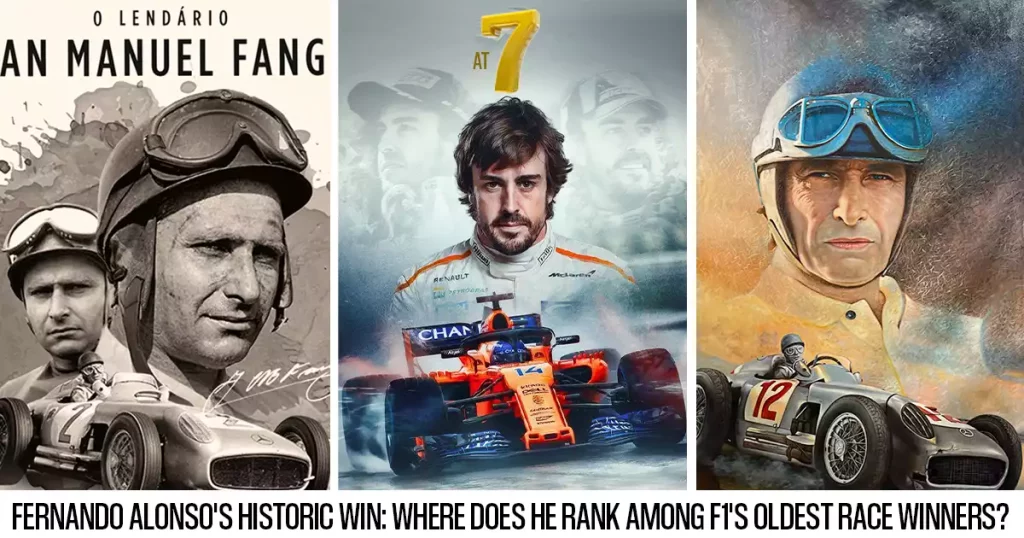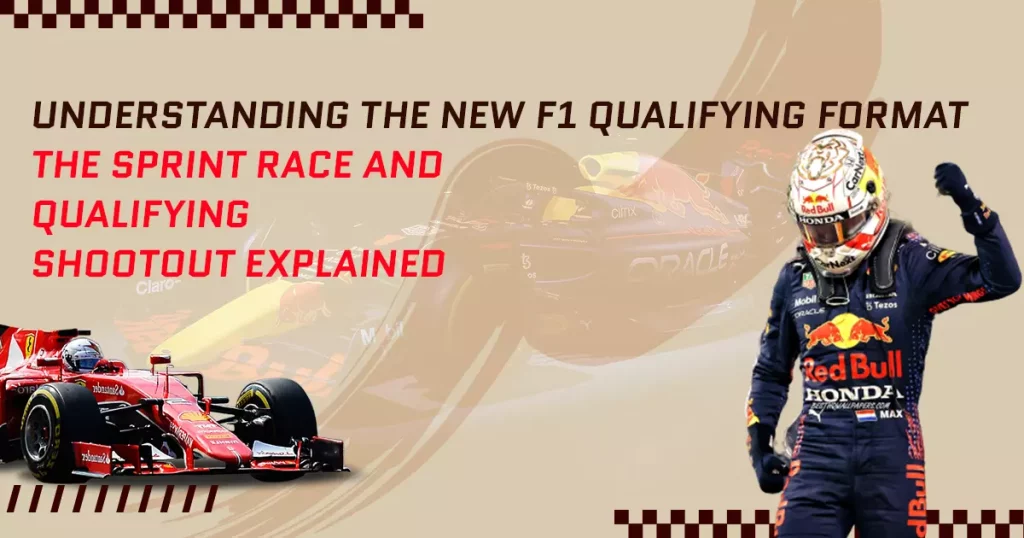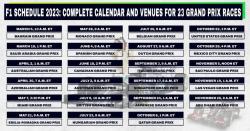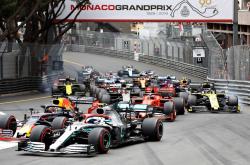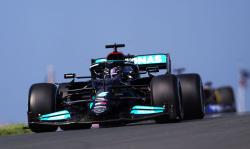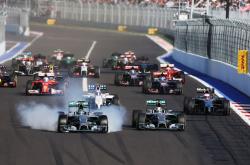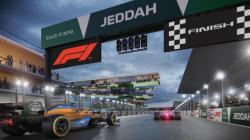F1 Streams
F1 STREAMS
Top 10 Grand Prix Cars of All Time A Look at Racing History
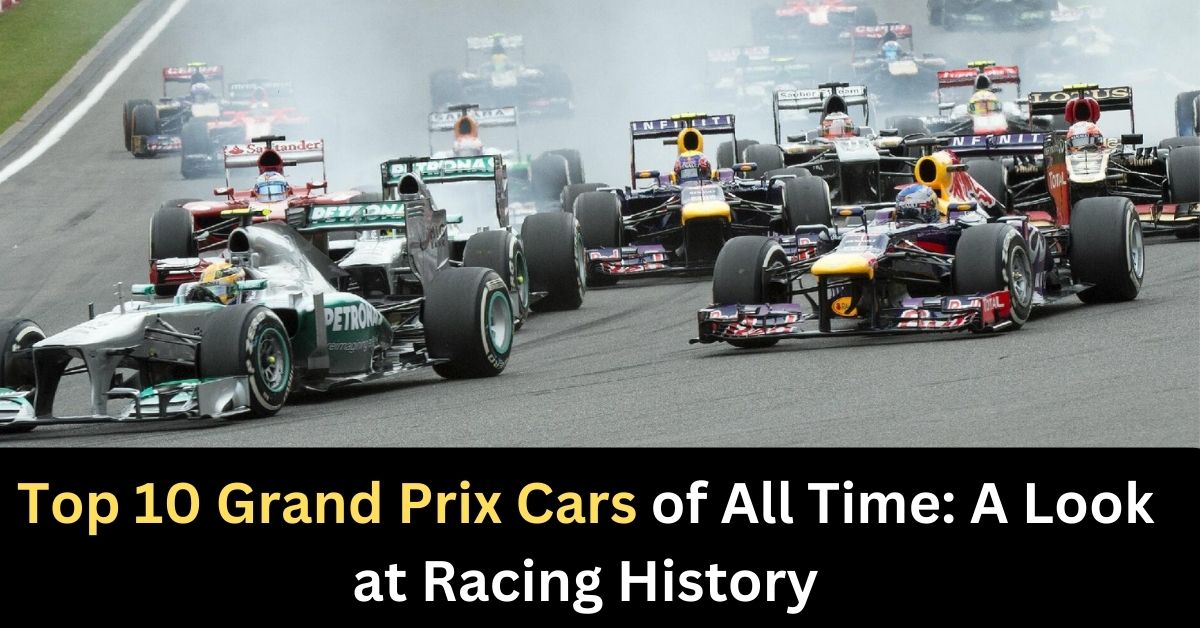
Are you ready to rev your engines and travel down memory lane? Grand Prix racing has been around for over a century, and throughout that time, some great cars have graced the tracks. These cars were built for speed and performance, from sleek designs to powerful engines. In this post, we'll look at the top 10 Grand Prix cars of all time. So buckle up and get ready for an adrenaline-filled ride through racing history!
Criteria Used for Ranking
The criteria for ranking the top 10 Grand Prix cars include overall performance, innovation, and historical significance.
10. Delage Type 15 S8
The Delage Type 15 S8 was ahead of its time, with a powerful engine and sleek design, making it a favorite among racers in the early 1920s.
9. Fiat 804-404
The Fiat 804-404 was a powerful contender in the Grand Prix scene, with its impressive engine and innovative design.
8. Alfa Romeo P2
The Alfa Romeo P2's advanced engineering made it a fierce competitor in Grand Prix racing during the 1920s, setting multiple speed records.
7. Auto Union Type C
The Auto Union Type C dominated the 1936 Grand Prix season with its innovative mid-engine design and impressive horsepower.
6. Mercedes W25
The Mercedes W25's narrow chassis and advanced suspension made it a dominant force in the early 1930s, winning several races.
5. Alfa Romeo P3/Tipo B
The Alfa Romeo P3/Tipo B was one of most successful Grand Prix cars in history, with a powerful engine and agile handling.
4. Peugeot L76 (and L56/L45)
Peugeot L76 (and L56/L45) was a game-changer in Grand Prix Racing with its innovative V12 engine and aerodynamic design.
3. Bugatti Type 35
The Bugatti Type 35 is a timeless classic with a sleek design and impressive performance, winning numerous Grand Prix races in the 1920s and setting the standard for racing cars.
2. Mercedes W154
The Mercedes W154 dominated the 1939 Grand Prix seasons, winning six out of eight races and setting the fastest lap in each.
1. Mercedes W125
The Mercedes W125, with its advanced aerodynamics and powerful engine, was a dominant force in Grand Prix racing during the 1937 season.
Read Also: BEST FORMULA ONE DRIVERS OF ALL TIME
Innovations in Formula One Car Design
Formula One car design has seen numerous innovations, from advanced aerodynamics to groundbreaking engine technology.
Chassis Design
The chassis of a Formula One car is the backbone of its design, providing strength and rigidity while minimizing weight.
Wings
Wings are an essential part of F1 car design, providing downforce to keep the car on the track and improve cornering speed.
Nose box
One of the essential components of a Formula One car is the nose box, which houses various parts such as suspension elements and steering gear.
Airbox
The airbox is essential to the car's aerodynamics, helping regulate air intake for maximum performance.
Ground effect
Ground effect is an aerodynamic phenomenon that enhances downforce, allowing faster speeds and improved handling.
Engines
The engines in Grand Prix cars have evolved from low-powered machines to high-performance, turbocharged beasts that propel racers to incredible speeds.
Transmission
Transmission is an essential component of any Grand Prix car, which transfers power from the engine to the wheels.
Aerodynamics
Aerodynamics plays a crucial role in Grand Prix racing. Streamlining the car to reduce drag and increase downforce is key to achieving maximum speed and cornering ability on the track.
Steering Wheel
The steering wheel of a grand prix car is not just a simple device for turning the wheels but an intricate tool that can be customized to suit the driver preferences and maximize performance.
Fuel
Fuel plays vital role in the performance of Grand Prix cars, with teams constantly exploring new ways to maximize their efficiency.
Tires
The type of tire used in Grand Prix racing can make or break a race, with teams considering factors such as grip and durability.
Brakes
The braking system in modern Formula One cars is a crucial component that allows drivers to decelerate quickly and efficiently.
Performance
Performance is the ultimate goal in Grand Prix racing. Drivers and teams aim for maximum speed, agility, and control on the track.
Recent Developments in Formula One Racing
In recent years, Formula One has seen advancements in electric and hybrid technology and a focus on sustainability. Teams are also exploring new ways to use data analytics to improve performance.
Conclusion
After looking at the top 10 Grand Prix Cars of all time and exploring some of the innovations in Formula One car design and F1 Live Stream, it's clear that racing history is rich with iconic cars and groundbreaking advancements. These cars have made their mark on the track and paved the way for future generations of race cars.






